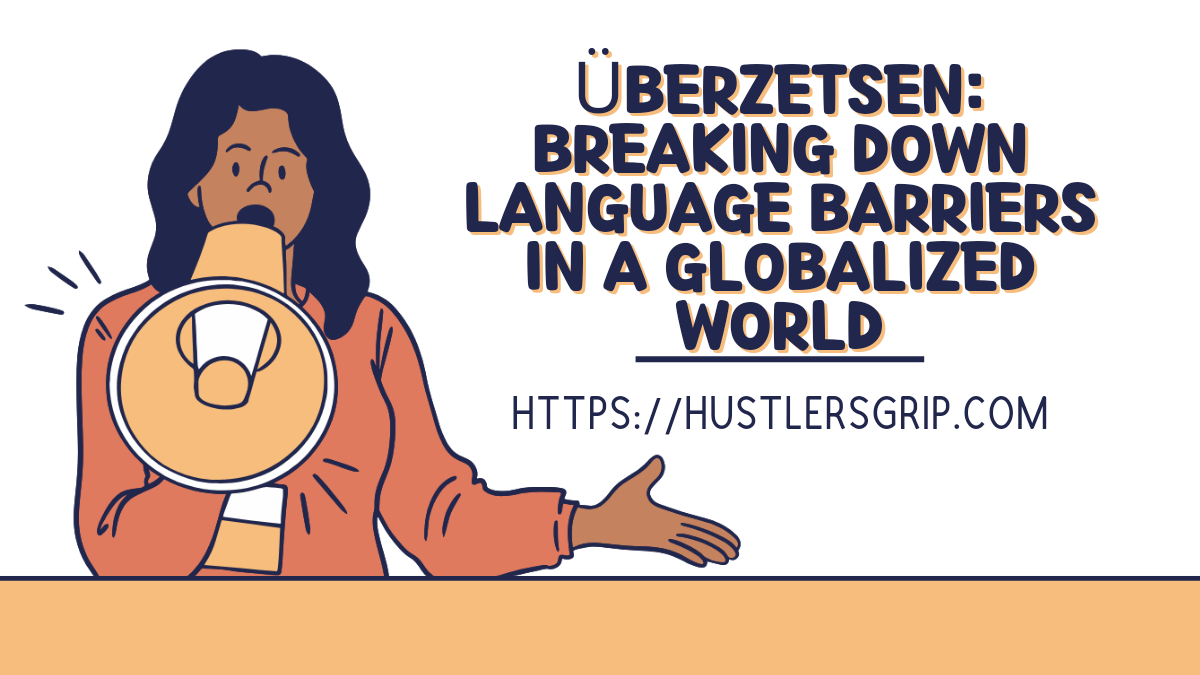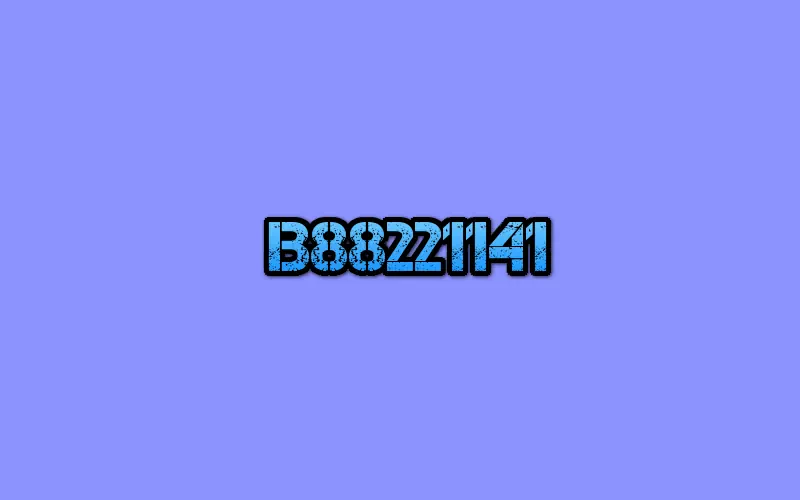In our interconnected world, the need to übereztsen (translate) content from one language to another has never been greater. Whether for business, travel, or personal communication, effective translation is crucial. This article delves into the intricacies of überzetsen, specifically focusing on German to English translation, providing you with expert tips and strategies to enhance your https://fandomwire.co.uk/translation skills.
Table of Contents
ToggleUnderstanding überzetsen: An Overview
Übersetzen, or translation, is the process of converting text from one language into another while preserving the original meaning. It involves not only linguistic knowledge but also cultural awareness and contextual understanding. As languages can be complex and nuanced, a translator must adeptly navigate these intricacies to ensure accurate and effective communication.
The Importance of Context in überzetsen
When you überzetsen, understanding the context is paramount. Words and phrases can have different meanings based on their usage, so grasping the context ensures that the translation conveys the intended message accurately. This is particularly true for idiomatic expressions, colloquialisms, and culturally specific references.
Common Challenges in German to English überzetsen
Translating from German to English presents several challenges. German sentence structure often differs significantly from English, with verb placement and compound words being notable examples. Additionally, German has many words with no direct English equivalent, requiring creative solutions to maintain meaning and flow.
Essential Tools for Effective überzetsen
To überzetsen effectively, leveraging various tools can be immensely helpful. Translation software, bilingual dictionaries, and thesauruses are invaluable resources. However, human oversight remains crucial to catch nuances and subtleties that automated tools might miss. Combining these resources ensures both accuracy and efficiency in translation.
Step-by-Step Guide to überzetsen
- Understand the Source Text: Begin by thoroughly reading the original German text. Identify key themes, tone, and any challenging sections.
- Initial Translation: Translate the text into English, focusing on maintaining the original meaning rather than producing a polished final draft.
- Refinement: Review and refine the translation, addressing grammatical issues, awkward phrasing, and cultural nuances.
- Proofreading: Proofread the final translation to ensure it is error-free and conveys the intended message accurately.
Maintaining Tone and Style in überzetsen
Preserving the tone and style of the original text is crucial when you übersetzen. A formal business document requires a different approach than a casual email or literary work. Paying attention to the original text’s tone and replicating it in the translation ensures the translated content resonates with the intended audience.
Common Pitfalls and How to Avoid Them
- Literal Translation: Avoid translating word-for-word as this can lead to awkward and incorrect translations. Focus on conveying the meaning.
- Ignoring Cultural Nuances: Be mindful of cultural differences and how they might affect the translation.
- Over-reliance on Tools: While translation tools are helpful, they should not replace human insight and judgment.
The Role of Cultural Competence in überzetsen
Cultural competence is a critical aspect of übersetzen. Understanding the cultural context of both the source and target languages helps produce translations that are not only accurate but also culturally appropriate. This competence ensures the translation resonates well with the target audience and avoids potential misunderstandings.
Conclusion
Übersetzen is an essential skill in our globalized world, facilitating communication and understanding across languages and cultures. By honing your translation skills, understanding the importance of context and cultural nuances, and utilizing the right tools and strategies, you can become an effective translator. Whether you’re translating for business, travel, or personal needs, mastering the art of übersetzen opens doors to new opportunities and connections.
FAQs about büberzetsen
What is the difference between translation and interpretation? Translation involves converting written text from one language to another, while interpretation deals with spoken language.
How long does it take to übersetzen a document? The time required depends on the length and complexity of the document, as well as the translator’s proficiency.
Can translation software replace human translators? While translation software can assist, it cannot fully replace human translators due to the need for nuanced understanding and cultural context.
What qualifications should a good translator have? A good translator should have proficiency in both source and target languages, cultural awareness, and excellent writing skills.
How can I improve my translation skills? Practice regularly, immerse yourself in both languages, and seek feedback from more experienced translators.
Why is cultural awareness important in translation? Cultural awareness ensures that translations are accurate and appropriate for the target audience, avoiding misunderstandings and preserving the original message’s intent.





